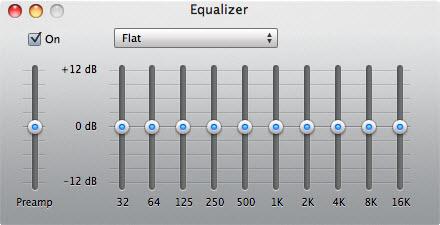
Mr. Dickson’s instrumentals for songs on The Breakup album are quite attractive to the listener, causing an intense love for his music. Many producers have extraordinary beats for performers but fail to connect with listeners in a particular way that keeps them engaged. Mr. Dickson has some of the most loved songs in the music industry. It takes hard work, persistence, patience, creativity, and willpower to get that near-perfect sound that listeners want to hear to emerge in complete satisfaction. Making an instrumental like Mr. DIckson from The Breakup album is a work in progress that producers should never abandon.
Making an Instrumental like Mr. Dickson from The Breakup album involves an understanding of frequencies, sound levels, effects, and panning. Without a reasonable skill in such elements, your instrumentals won’t compare. Stick with your mix no matter the difficulties faced. Never give up.
In this article, we’ll explore frequencies. Certainly, you’ve made a few really good beats along your journey, but they aren’t selling, perhaps. The reason for this disappointment could just be how your instrumentals are mixed.
Mr. Dickson studied recording arts at FullSail University. He may have an edge, but it’s not impossible to have an instrumental that sounds as good or better than his productions.
Frequencies

Frequencies are highly important when it comes to music. Creating the perfect sound is understanding what frequencies to include and exclude to a certain degree. Always start by taking away or adding certain frequencies in small increments, and listening carefully to the differences they are making. Just the smallest decrease or increase in decibels makes a huge difference in the feel of the music.
Some instrumentals can be too boomy or too airy. You must sit and listen carefully as if you’re a scientist to rid of the frequencies that make your sound more pleasurable. For boominess, beat makers should invest in the 100 – 200hz range. For airiness – usually 12 – 20khz. This is just a small partial of the full range of frequencies as they pertain to certain sound quality disadvantages we experience as producers.
Mr. Dickson plays around with the mid-range, 500 hz – 2 khz, to bring out more of the spark of life, heart-felt aspect in the music. There are certain frequencies in the mid-range that aren’t necessary, which blocks the high quality of frequencies that should be at the forefront. Too many unnecessary bad frequencies (at excess) to the front will crowd the space and cause a mix to sound awful. The 4khz – 6khz frequencies are your presence frequencies (good frequencies) and they deserve to be at the forefront. Too much of the 250-900 hz range is bad. This will make your mix sound boxy. We’re looking for an instrumental to be alive and free.
Side note: when listening to your mix for hours, you can become fatigued. Your judgment of sound can be affected. Always take a break in between your mix. When returning, it’s almost like returning to your mix with a new pair of ears. As producers, we can work so hard that we overdo our instrumental mixes and are not aware that the mixes aren’t suitable.
How do I know when my music mix is golden?
Well, for one, you should listen to your favorite song and how it sounds and try to mimic the quality. Next, when you think you’ve completed the golden mix, let others hear it. Get honest feedback. You can hire professionals to review your music or post it on a music blog. Share it and ask others for their honest opinion. In addition, when your music sells, you have a pretty good idea that your production has some gold in it that listeners are after.
How long does it take for Mr. Dickson to make a beat?
Mr. Dickson has been making beats for over 20 years, so not as long as someone who is a beginner. However, to answer the question, about an hour and a few additional minutes, including frequency adjustments, leveling, adding effects, and panning.
What it takes to make beats like Dr. Dre (Five Steps)
- Follow your instincts
- Don’t get satisfied
- Always flex your creative muscle
- Collaboration is key
- Don’t get distracted
Mr. Dickson has simple, yet effective beats behind his lyrics. They are appealing in a way that listeners can feel the intent and bob their heads in the process. Each one of his songs from The Breakup album has a different feel and hits the nail on the head for the topic of interest. “Lemonade” has slow, beautiful, touching, yet up and down, changing tones in its sound that create an accurate feeling of life that can be both sweet and tart, for example.
To make an instrumental like Mr. Dickson from The Breakup album (the frequency edition), you’ll need to listen closely to the sound, pull up an EQ plugin, and get to work intensely. Start out small, listen carefully, and adjust each frequency in every range according to the feeling you’re trying to acknowledge and the clarity that must be fulfilled to the listener. Compare your instrumental to your favorite songs and practice perfection every day. It takes hard work, persistence, patience, creativity, and willpower.
